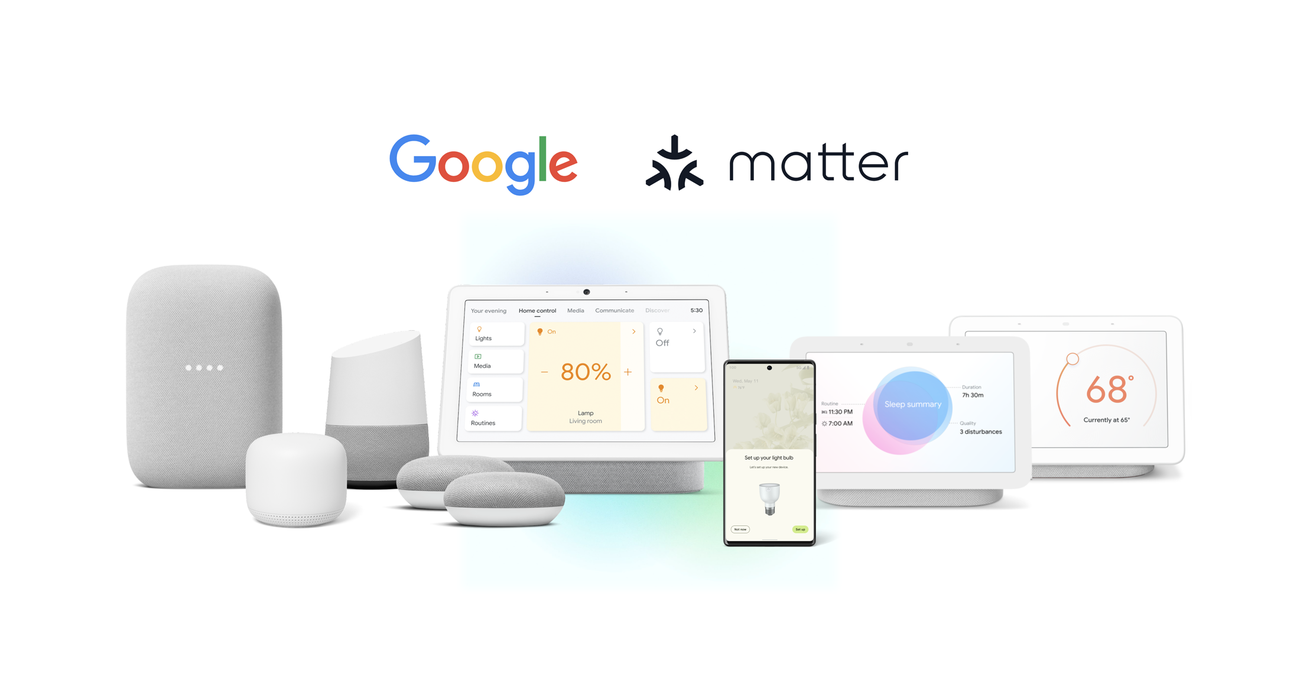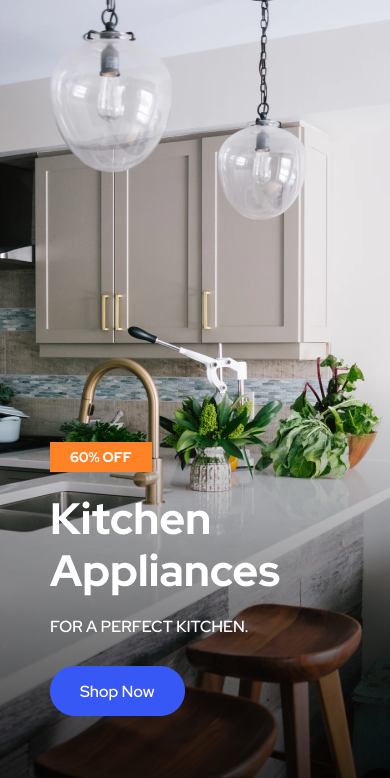
Google Home has been a game-changer in the smart home industry, seamlessly integrating with Android and Nest products to create an intuitive ecosystem. Over the years, it has evolved into a reliable hub for managing smart devices. However, despite its many strengths, Google Home still has some notable shortcomings that hinder its overall experience.
From sluggish response times to limited automation capabilities, these gaps make Google’s ecosystem feel less refined compared to competitors like Amazon Alexa and Apple HomeKit. Here’s a closer look at four key areas where Google Home needs improvement—and how it can step up its game.
1. Slow Response Times
Why does it still feel so sluggish?
One of the biggest frustrations with Google Home is its delayed responsiveness. Whether you’re adjusting the thermostat, checking a security camera, or simply turning on a light, commands often take longer than they should. The lag is especially noticeable when compared to the near-instantaneous responses from Alexa and HomeKit.
The root of the issue? Google’s heavy reliance on cloud processing. When you give a command, it doesn’t process locally; instead, it travels to Google’s servers before executing, adding unnecessary delay. While cloud computing is great for advanced features, it’s a poor choice for basic tasks that should be lightning-fast.
A smarter approach would be implementing local execution, where common tasks like turning on lights or adjusting the temperature happen directly on the device without depending on the internet. This would dramatically improve response times and make everyday interactions much smoother.
2. No Offline Mode
The problem with cloud dependency
Google Home’s cloud-first approach doesn’t just slow things down—it also creates a major reliability issue. If your internet goes down, so does your entire smart home. Suddenly, simple actions like dimming the lights or locking the door become impossible.
By contrast, Apple’s HomeKit allows many smart home functions to work even when the internet is out. Amazon has also taken steps toward local processing with its Echo devices, reducing their reliance on the cloud for basic functions.
Google needs to follow suit by implementing local processing for essential commands like controlling lights, locks, and thermostats. This would provide a far more dependable experience, ensuring that core smart home functions remain accessible regardless of internet connectivity.
Another issue tied to cloud dependency is the lack of local storage for Nest security cameras. Currently, Nest cameras store footage in the cloud, meaning that during an internet outage, you lose access to recorded clips. Brands like Eufy and Arlo offer local storage options for added security, and Google should do the same.
Additionally, Google’s implementation of Matter and Thread, two key protocols for smart home interoperability, has been inconsistent. Users report frequent device discovery issues and unreliable pairing. Even more concerning, the latest Nest Thermostat doesn’t support Thread, limiting its ability to integrate smoothly with other devices.
3. Audiobook Playback Needs Work
Lack of seamless cross-device support
Google Assistant allows users to play audiobooks from Google Play Books on smart speakers and mobile devices. However, the experience is nowhere near as polished as Amazon’s integration with Audible.
For example, Alexa users can start listening on their Echo speaker, then seamlessly pick up where they left off on another device. Google Assistant lacks this cross-device synchronization, meaning users have to manually find their last position if they switch devices—a frustrating limitation.
Voice controls for audiobooks are also disappointingly basic. While you can pause or resume playback, more advanced commands like skipping chapters, adjusting playback speed, or resuming from a precise timestamp aren’t as intuitive as they should be. Improving these features would make Google Assistant a more viable option for audiobook lovers.
4. Limited Smart Lighting Controls
Scenes should be a standard feature, not an afterthought
Smart lighting is one of the most common use cases for smart home tech, but Google’s approach is surprisingly restrictive. While you can turn lights on and off or control an entire room, there’s no built-in way to create scenes that adjust multiple lights to match a specific mood or time of day.
For instance, Apple HomeKit allows users to import custom lighting scenes directly, while Amazon Alexa enables granular scene creation within its app. Google, on the other hand, forces users to rely on manufacturer-specific ecosystems like Philips Hue, which isn’t user-friendly or convenient.
Adding native scene support within the Google Home app would provide much-needed flexibility, allowing users to create personalized lighting setups without jumping through hoops.
Where Google Home Needs to Improve
To be clear, Google Home isn’t a bad smart home platform—it’s just not living up to its full potential. Issues like slow response times, cloud dependency, inconsistent smart home integration, limited audiobook support, and the lack of smart lighting scenes make the experience feel incomplete.
By focusing on local execution, improving interoperability, and expanding functionality, Google could transform its smart home ecosystem into a faster, more reliable, and more user-friendly experience.
Until then, users looking for a more refined smart home system may find Amazon Alexa or Apple HomeKit to be a better fit.
What are your thoughts? Have you experienced these issues with Google Home? Let’s discuss!









